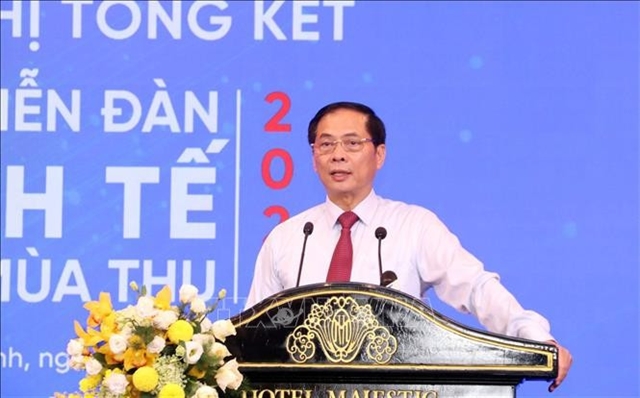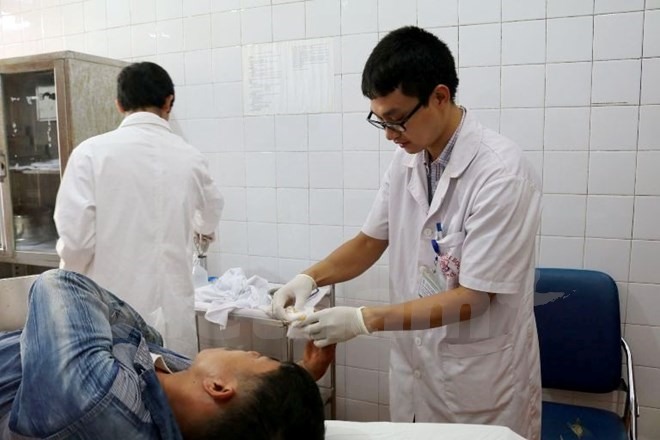 Society
Society

Sixty two poor districts across the country lack a total of almost 600 doctors with specialisations in 15 different areas.
 |
| A young doctor works at Bắc Giang general Hospital. — Photo vietnamplus.vn |
HÀ NỘI — Sixty two poor districts across the country lack a total of almost 600 doctors with specialisations in 15 different areas, including obstetrics, paediatrics, emergencies and infectious diseases.
This was revealed by Phạm Văn Tác, director of the Personnel Department under the Ministry of Health at a conference on Tuesday. The conference was held at the Hà Nội Medical University to present a group of seven young doctors who will work in those districts.
They are the second group of graduates to have done post graduate studies and been sent to rural areas.
The doctors’ activities are part of a project to send young medicos to work in poor districts and island areas. The project was approved by the ministry in 2013.
Under the project, young doctors who perform well at medical universities are asked to volunteer.
After being trained for two years in a medical speciality, the men practice in hospitals in poor areas for three years. Female doctors are asked to do two years..
The project, running since February 2013, aims to improve the number and quality of medical staff in disadvantaged areas. Volunteers are provided with priority conditions in terms of salary, allowance and working conditions during their missions - and acfter they complete them.
This time, the seven doctors will go to poor districts in Cao Bằng, Lai Châu, Hà Giang and Điện Biên provinces.
It is expected that by 2020, about 300-500 doctors will have helped out in poor remote areas.
At present, a total of 154 young doctors with a 10 different specialities are being trained.
In June last year, the ministry in troduced the first seven young doctors to Bắc Kạn, Lào Cai, Điện Biên and Sơn La provinces.
Director Tác highly said he greatly appreciated their work so far. “The graduates conducted difficult techniques and surgeries well, including endoscopies, appendectomies, ovary tumours, and ectopic pregnancy,” said Tác.
Minister of Health Nguyễn Thị Kim Tiến told the conference that the project was a great initiative by the health sector.
It was creating better health opportunities for poor people to access good quality health services, decrease overloading at central hospitals and prevent waste for patients, the community and society, she said. — VNS




